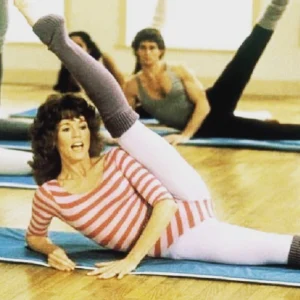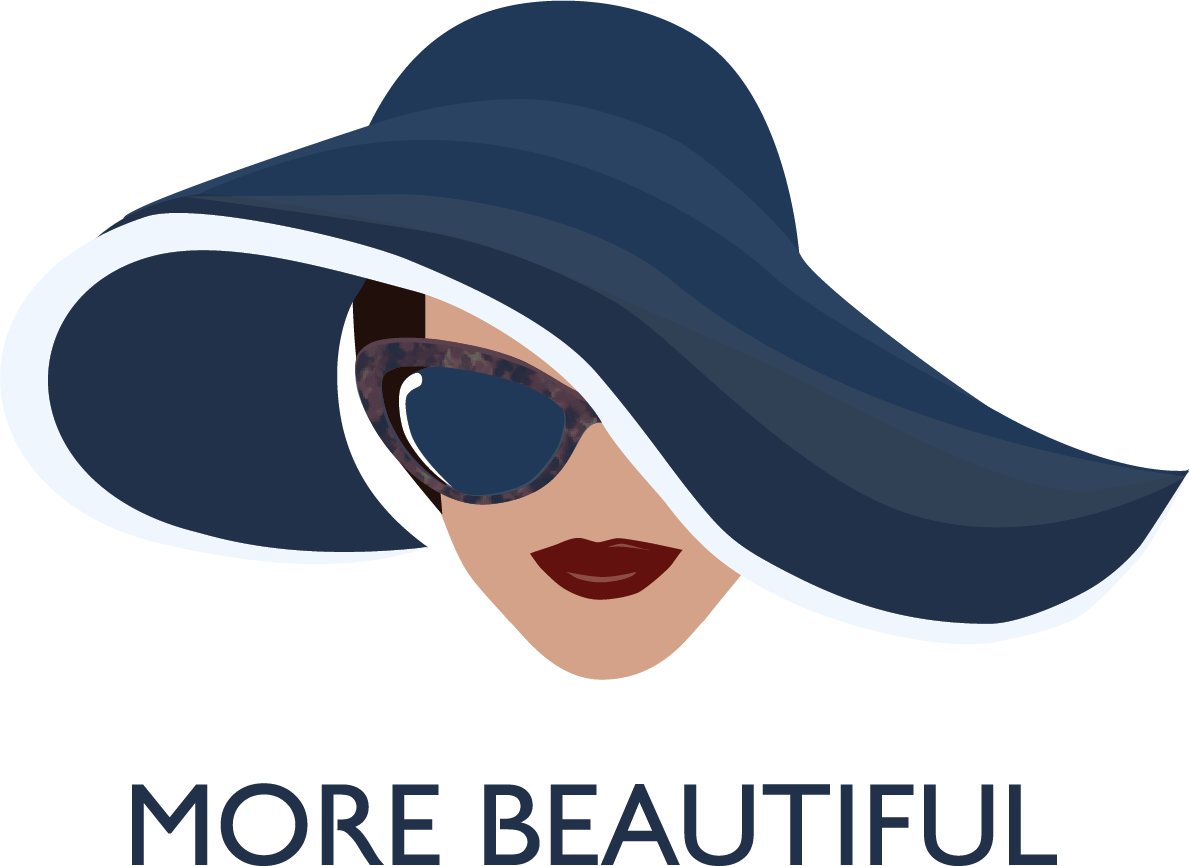
My first experience “working out” was attending an open house at a women’s fitness center with my mom and aunt. I was no more than 10, and they put me in a leotard and brought me to a pink-hued exercise studio where women of all ages were gathered. Many stood in clusters, chatting and laughing. Some sat on knobby cylinders that resembled rolling pins, getting their thighs massaged. Others rotated back and forth on pogo-stick-like “stretching” machines, or shook as vibrating exercise belts “melted” the fat off their waistlines. A few ladies stood on scales, cringing. As far as I could tell, no one was breaking a sweat.
My introduction to “dieting” came at an even younger age, when I overheard my mom talking to someone on the phone about her “diet pills,” or appetite suppressants. Her doctor had prescribed them, as doctors did back then, to help her shed some weight, and for a while she kept the bottle in the top drawer of her dresser, along with her calorie-counting book and yellow tape measure. Through the years, she’d record calories sporadically, and embark on several fad diets, but she’d never manage to maintain a healthy weight.
Unfortunately, this is the diet-and-fitness education many women of our generation received from their mothers. Restrict calories in order to lose weight. Hit the gym, but never move your body efficiently enough to reap exercise’s deeper rewards. Take a pill and monitor the numbers on a scale, rather than focusing on strength and energy. Embrace yo-yo dieting, instead of incremental lifestyle changes that bring long-lasting health and wellness.
Public school “Phys Ed” was no better. In both middle and high school, my classmates and I wouldn’t need to shower after class because we never perspired. We’d spend most of our time on inane drills like hitting a tennis ball against the wall with a broken racket while we gossiped with the kid next to us, or holding another classmate’s feet to the ground as we counted how many sit-ups she could do in 60 seconds for the Presidential Fitness Test (at least that was one minute of real exercise). If we ever got tired, it was from the emotional stress of choosing teams for aggressive dodgeball games that lasted no more than 15 minutes.
Then, in the 10th grade, Jane Fonda and Mrs. A came along. The latter was my 30-something gym teacher, whose cool velour tracksuits and sleek physique inspired me to enroll in her electives aerobics class, an alternative to co-ed PE. Three afternoons a week, Mrs. A would pop into the VHS player Jane Fonda’s Workout, which had come out a couple years earlier and was already an international sensation. We’d grab our floor mats and emulate the leg lifts, scissors, sit-ups, jumping jacks and arm rolls that Jane modeled while yelling, “No Pain, No Gain!” By the time the bell rang, signaling the end of the period, I felt like a sweaty rock star.
After several weeks of “feeling the burn” with Jane, I could also feel my body get stronger and my energy soar, so I was game when Mrs. A encouraged me to join cross-country. That was where I learned what a “runner’s high” felt like. Every afternoon, my teammates and I would do drills and run around the school track for two hours or more, and then head to the local pizza joint where we’d consume three slices each (ah, the metabolism of youth).

I continued to run throughout high school, college and most of my life. And those exercises I picked up from Mrs. A and Jane Fonda? Many of them were incorporated into the floor exercise routine I still do after my runs. Over the years, I’ve switched it up by adding Pilates moves, revised sit-ups that engage the core (a concept we apparently didn’t know much about in the ’80s and ’90s), and cross-training workouts like stair-climbing, hiking, and the occasional cycling.
Sometime in my late 40s, though, I hit a wall. Everything that had always worked suddenly didn’t. I wasn’t able to maintain my muscle tone as easily, and I was running out of steam in the middle of a run. I blamed it on hormones. And when I Googled “workouts over 40,” I kept coming up with the same advice given to younger women: Do more high-intensity interval training, cut calories. Problem is, HIIT spikes cortisol, and when you’re in the throes of perimenopause that’s especially problematic.
It took me a couple years of experimentation, and a ton of research, to realize what tweaks I needed to make to both my diet and exercise routine to feel as energetic as I had just a few years earlier. I added more healthy fats to my diet, limited carbs and sugar. I stopped drinking coffee and (mostly) wine, which improved my sleep and therefore my workouts. I incorporated more strength training into my post-run regimen and started running at a more sustainable pace, but for longer distances (like iFit trainer Nicole Meline, who was a More Beautiful Podcast guest earlier this month, recommended). Sure, there are times when I stray from this healthy lifestyle—like around the holidays—but it’s a great baseline to return to time and again.
What I find especially motivating is the newest crop of nutrition and fitness experts who understand all the seasons of a woman’s body, and can meet her at any point on her health journey. Such as Julie Court, who also appeared on our podcast. Julie is all about eating and training in moderation during this life stage and, above all, enjoying simple pleasures like good meals. Judy Arazoza, a fitness trainer and a recent podcast guest, has a similar philosophy. She is adamant that exercise shouldn’t be about punishing ourselves for overindulging or not fitting into our favorite pair of jeans, but about loving and respecting ourselves enough to treat our bodies right.
To listen to More Beautiful Podcast episodes featuring iFit Trainer Nicole Meline (“The Joy Is In the Swerves”), nutritionist Julie Court (“How to Lose Weight During Perimenopause”), fitness trainer Judy Arazoza (“Get In Your Best Shape At Any Age”) and midlife health experts Claire and James Davis (“Reverse Your Biological Age”), head here.
These ladies understand how hormones and other biological factors come into play as we age, and that injury prevention is crucial. But above all, like Ms. Fonda, they are pushing us to get off our chairs and move.
And why should we make the effort during this life stage when society is expecting us to slow down? Because, as Judy told me, “We’re absolutely worth it.”



